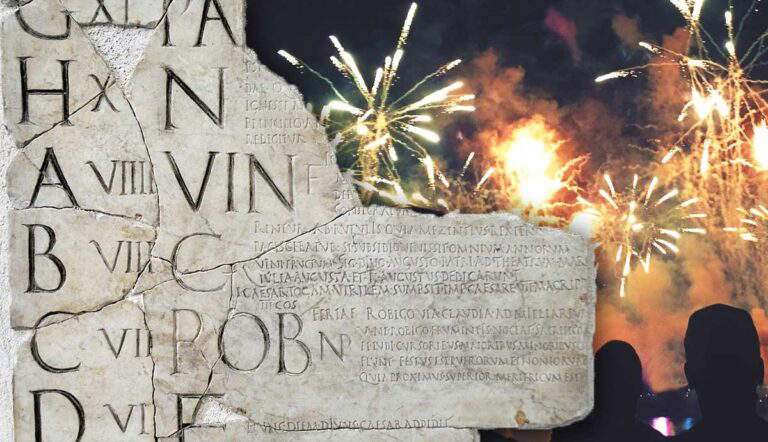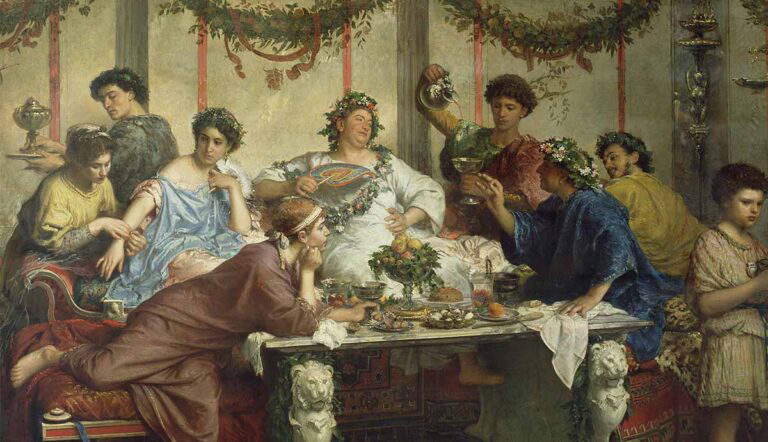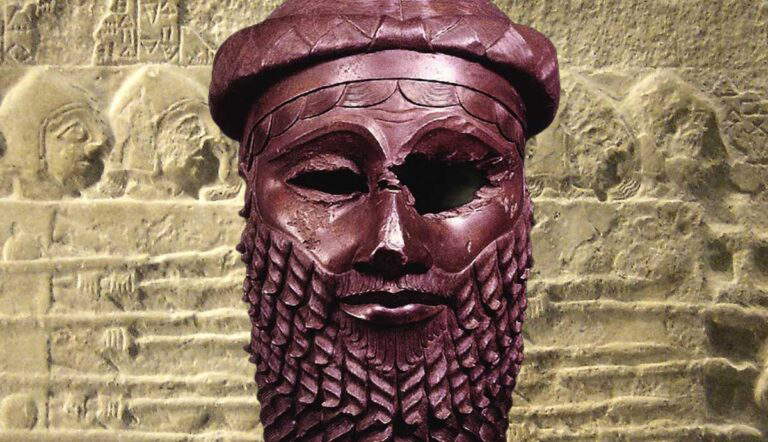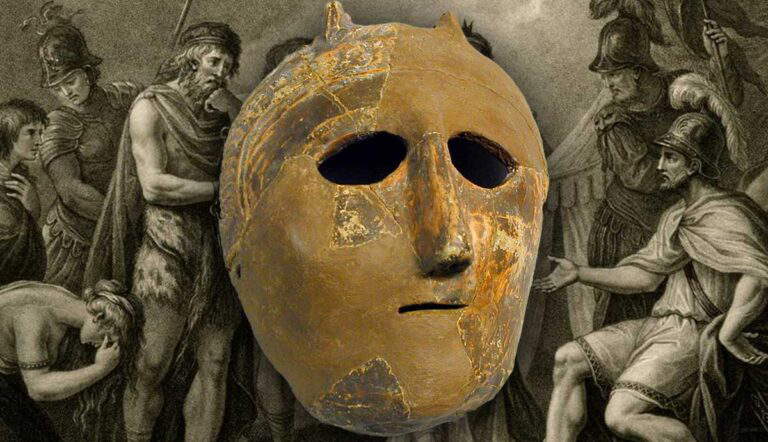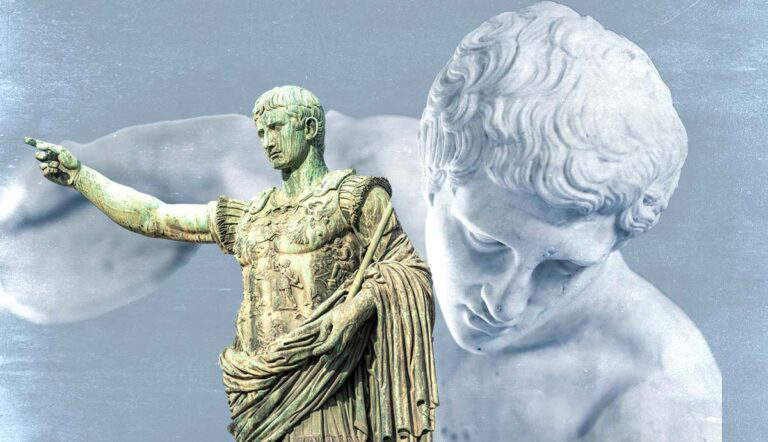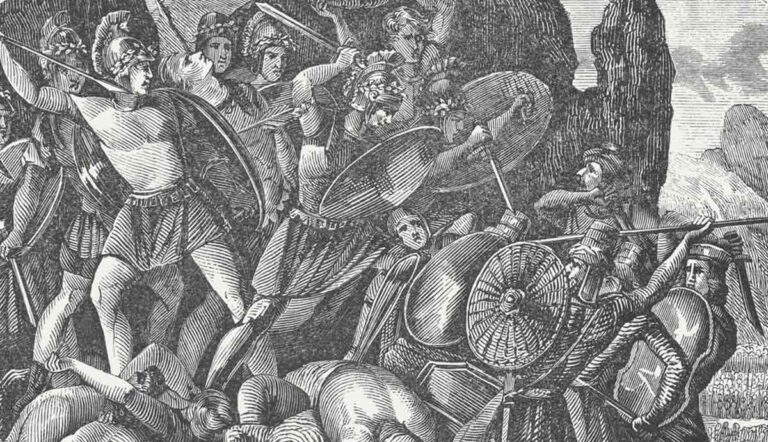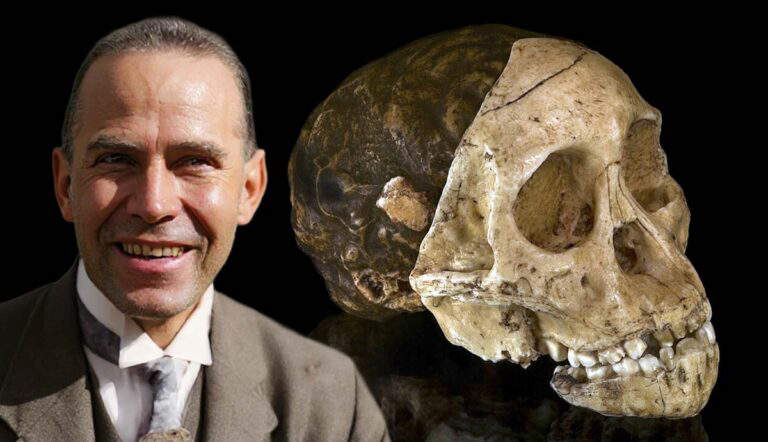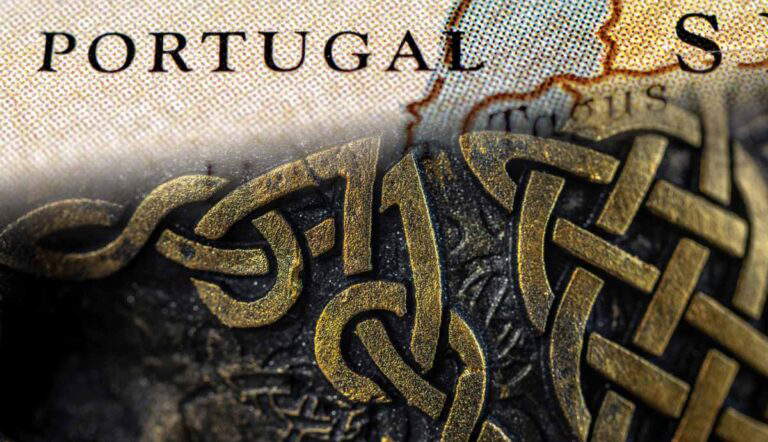The study of ancient history uncovered civilizations, innovations, achievements, and legacies that laid the foundation for the modern world.
Today, we still use a calendar based on that of the ancient Romans, and many of their festivals also survive in modern holiday celebrations.
Ancient military leader Sargon led a fearless and almighty military campaign with a series of innovative organizational skills.
Cartimandua was the Celtic queen of the Brigantes tribe in the 1st century CE, but unlike her famous contemporary Boudica, she supported the Romans.
Persuasive rhetorical techniques used in antiquity by orators like Demosthenes in Athens and Cicero in Rome have shaped modern rhetoric and persuasion.
In the middle of the Hellenistic period, the two great cities of ancient Greece, Athens and Sparta, united to free themselves from Macedonian influence.
Looking at similarities between different sword blade geometries can be a window into Bronze Age martial arts.
The Celts left deep marks on Portugal throughout the centuries despite sparse first-hand records. Nevertheless, their influence is undeniable.
Japanese Buddhist temples are more than just a collection of religious buildings. They are tangible theology offering us insights into one of Japan’s main religions.
- …
